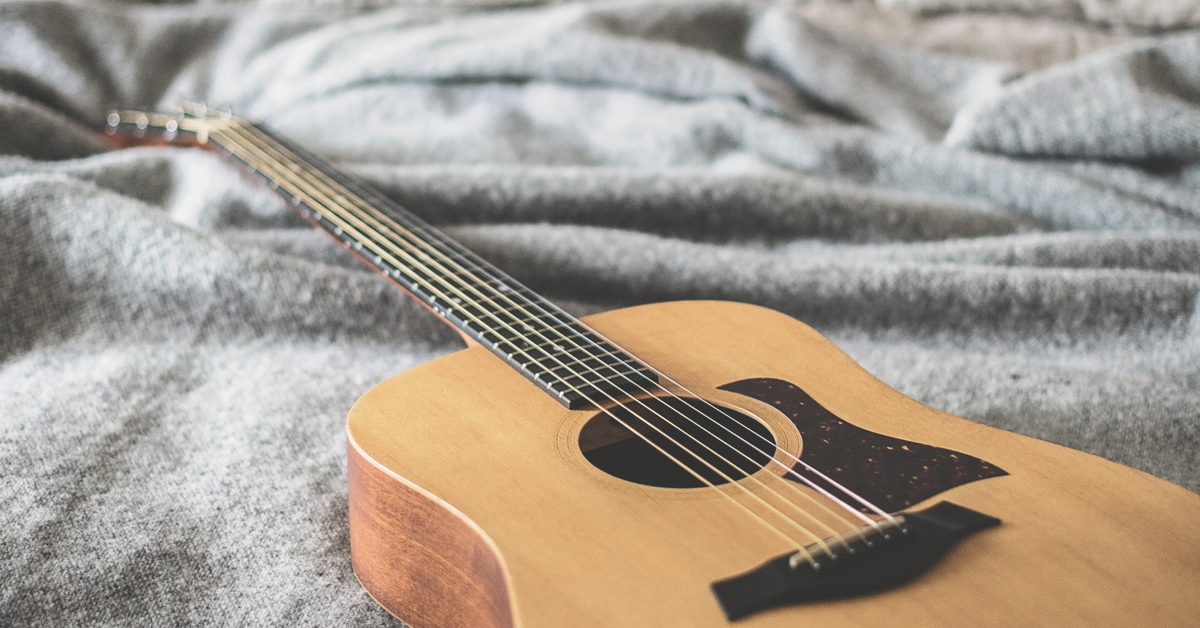If you are a guitarist or other similar string instrument player, chances are that you learned to play your instrument with tablatures. If want to learn how to read and write music, this article is for you.
Why is it so important for musicians to learn how to write and read music?
Well, music notation is the musicians' language. Through if you can communicate with other musicians all over the world, share ideas, play and compose together.
I promise this is not that hard; it is just about saving some of your practice time to learn the beautiful and exciting art of music notation.
Today I'm going to give you some ideas on how to use Flat.io to start from scratch to discover music notation.
From tablature to musical notation
To begin with, you need to sign up on Flat.io.
All set? Let's get started!
Something I always recommend is to map your instrument, not only to learn how to read music but to familiarize yourself with your musical instrument. Mapping your musical instruments, is identifying where all the notes are in your musical instrument. For this, I suggest using colors, specifically those of the bookmaker's notation (we will use those on the editor).
You can paint your instrument with colored stickers, or by making a drawing that you can always see as a reference when studying.
The colors on the instrument map should be assigned in the following way:

This is my instrument map (I am a guitar player):

Now we need to create a new score in Flat with a tablature, in which we are going to write a simple melody. We will start with simple melodies and make them more complex over time. I recommend starting with major scales.
If you don't know what a scale is or want to refresh your memory, check out our dedicated articles.
Exercise, part 1:
- Write the melody on the tablature and the editor will write the score for you.
- With the annotation tool, you write the name of the notes so you can identify them. See where those notes are on the staff.
- Play the melody several times by reading the TAB.
- Once you feel confident, turn off the tablature and play the melody while reading the score.
Tip: sing the name of the notes as you play and read them. It is a great memory practice tool.
After doing this part of the exercise, please turn on the TAB.
Exercise, part 2:
- Add a system break.
- Write the same melody on the staff from memory. The editor will write the TAB for you.
- Play the melody that you see written in the TAB to corroborate that you have written it correctly.

Vary the melodies and make them more complex little by little. You can do this exercise with the songs you like. You will see that you will make progress in no time.
I hope this article helps you start writing your songs in the language of music.
Thanks for reading!
Best,
